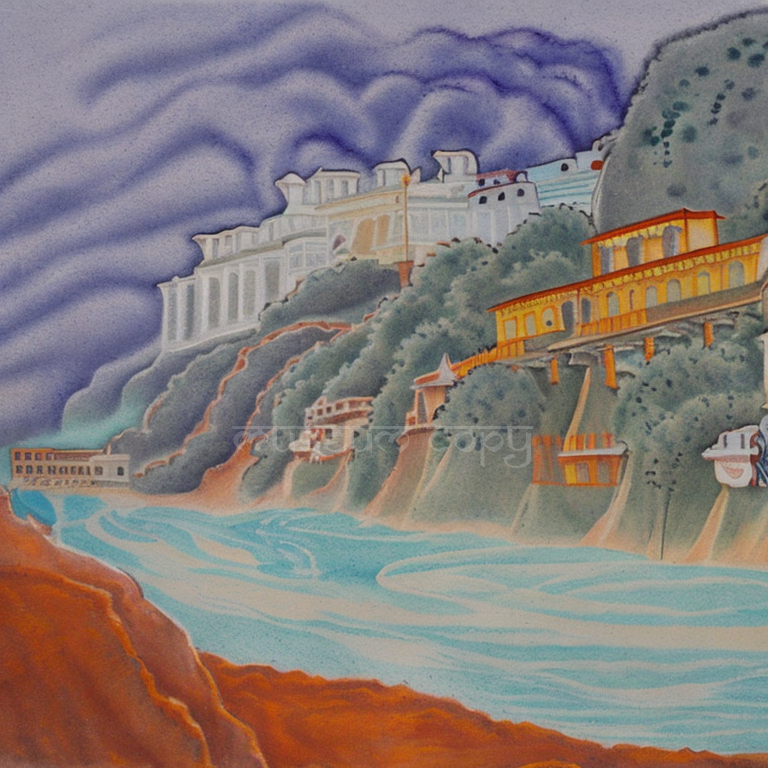How the British Partition of India Impacted Art on the Indian Subcontinent
•

The partition of India in 1947 had a profound impact on art in the Indian subcontinent. The partition resulted in the division of British India into two separate nations, India and Pakistan, and the subsequent migration of millions of people across newly drawn borders. This socio-political upheaval had far-reaching consequences for artists, their artistic expressions, and the overall artistic landscape of the region. Here are some ways in which the partition influenced art:
Partitions Influence on Art
1. Themes and Subject Matter: The partition brought about themes of displacement, trauma, loss, and identity, which became prominent in various forms of artistic expression. Artists grappled with the personal and collective experiences of the partition, resulting in artworks that reflected the pain, suffering, and longing associated with the event.
2. Artistic Responses: Artists responded to the partition in diverse ways. Some created realistic and documentary-style artworks that depicted the horrors and aftermath of the violence. Others used symbolism, metaphors, and allegories to convey their emotional responses and capture the complexities of the partition. Many artists focused on depicting the human condition and the resilience of the affected communities.
3. Migration and Influence: The partition led to a massive migration of artists and cultural practitioners across the newly formed borders. Artists from different regions and communities found themselves displaced, leading to a blending of artistic styles, techniques, and influences. This cross-pollination of artistic ideas resulted in the emergence of new forms and expressions in the art of both India and Pakistan.
4. Institutional Shifts: The partition also had institutional implications for the art world. Art schools, academies, and cultural institutions that were previously based in major cities like Lahore and Karachi became part of Pakistan, while those in cities like Delhi and Mumbai remained in India. This led to the establishment of new art institutions in the respective countries and influenced the development of their artistic traditions.
5. Evolution of Art Movements: The partition marked a significant shift in the art movements and practices of the region. Prior to the partition, the Bengal School of Art and the Progressive Artists' Group had already begun to shape the artistic discourse in India. However, post-partition, the artistic landscape transformed as artists explored new narratives, techniques, and mediums, giving rise to movements such as the Pakistani Modernists and the Indian Modernists.
6. Cultural Identity: The partition also had a profound impact on the cultural identity of individuals and communities. Artists grappled with questions of belonging, heritage, and shared history. This search for identity and the desire to preserve cultural roots influenced the subject matter, symbolism, and iconography in their artworks.
Conclusion
Overall, the partition of India had a lasting impact on the art of the Indian subcontinent. It brought forth new themes, artistic responses, and perspectives, while also shaping the trajectories of artists and institutions. The partition remains a significant event in the history of the region, and its artistic legacy continues to be explored and interpreted by artists to this day.